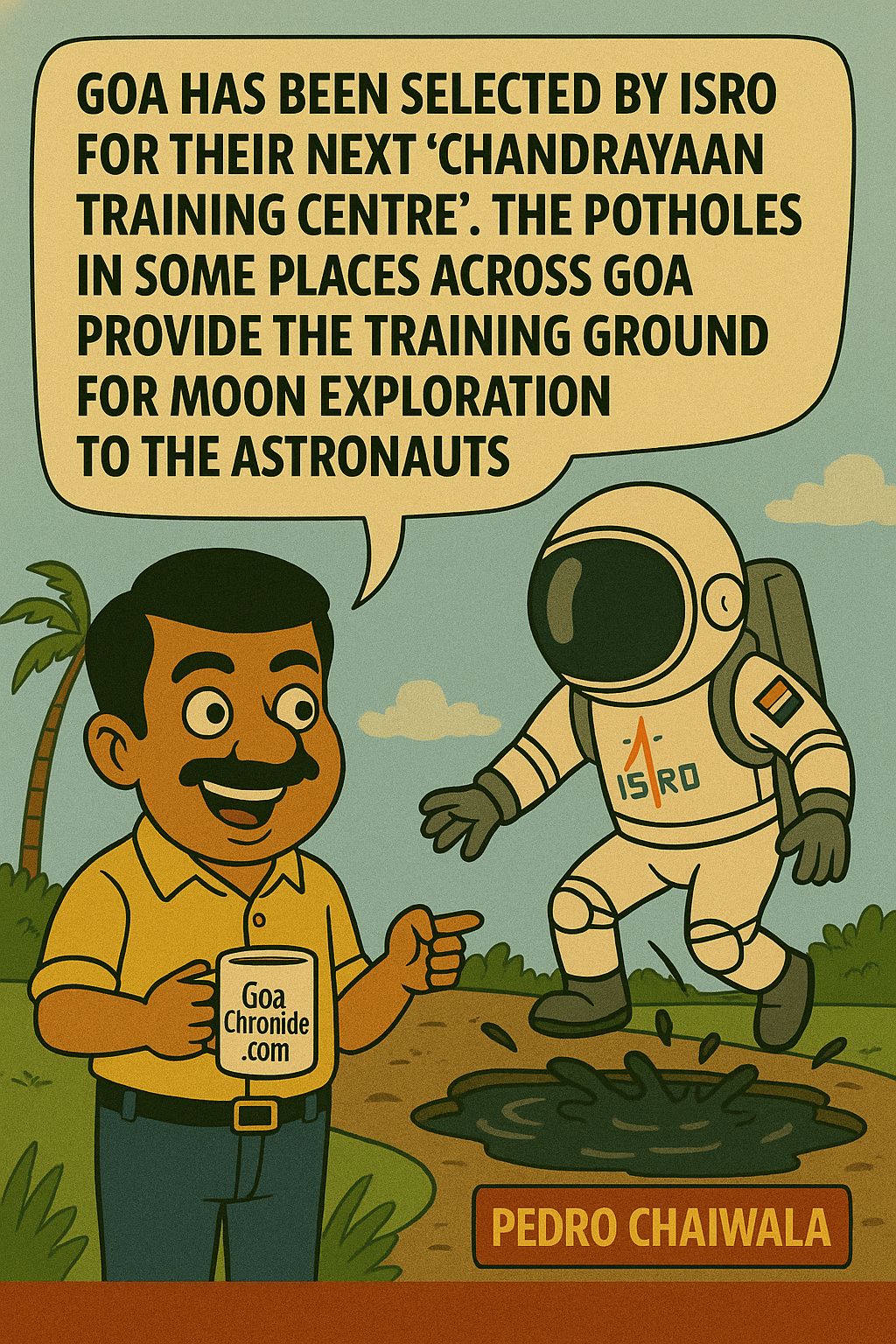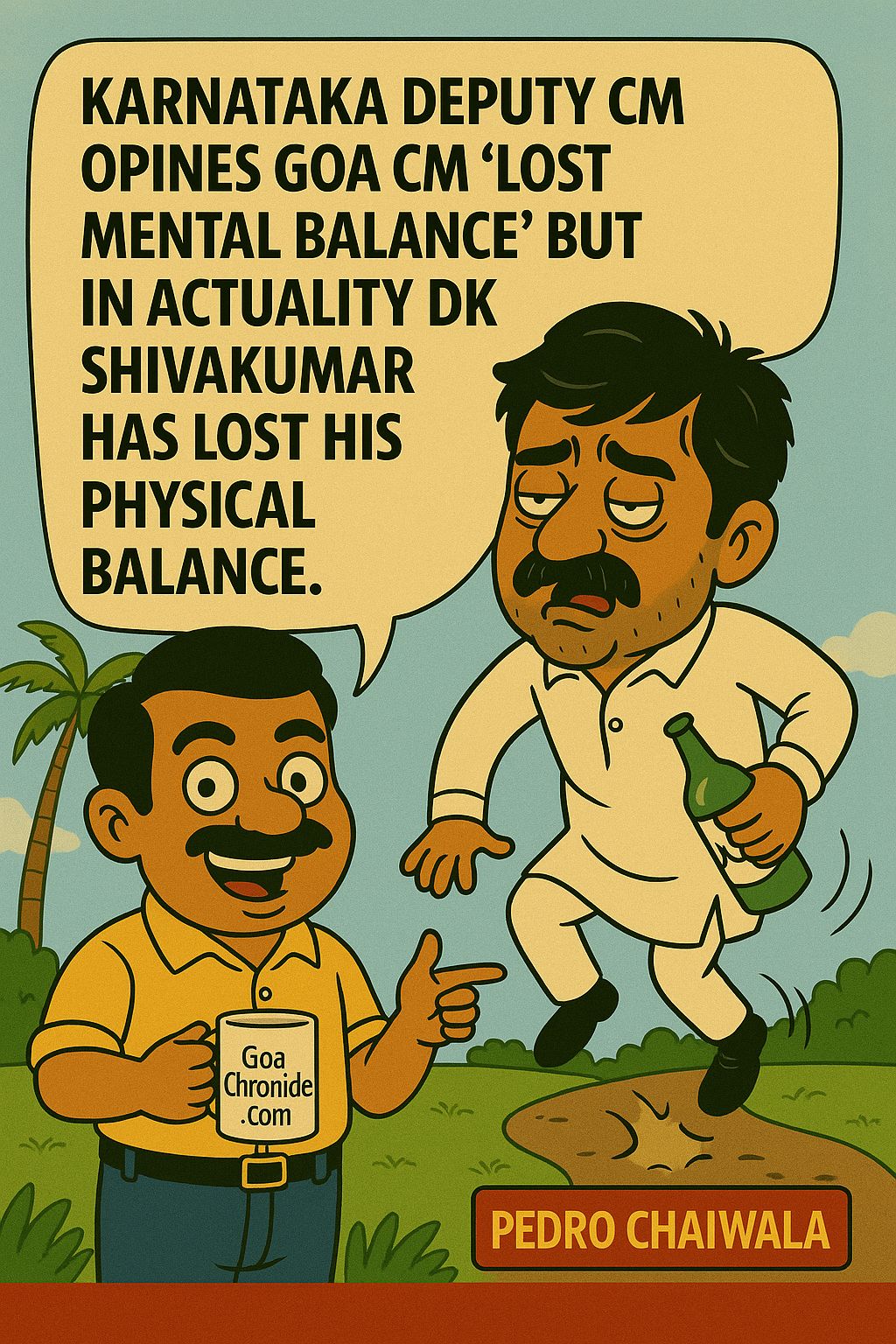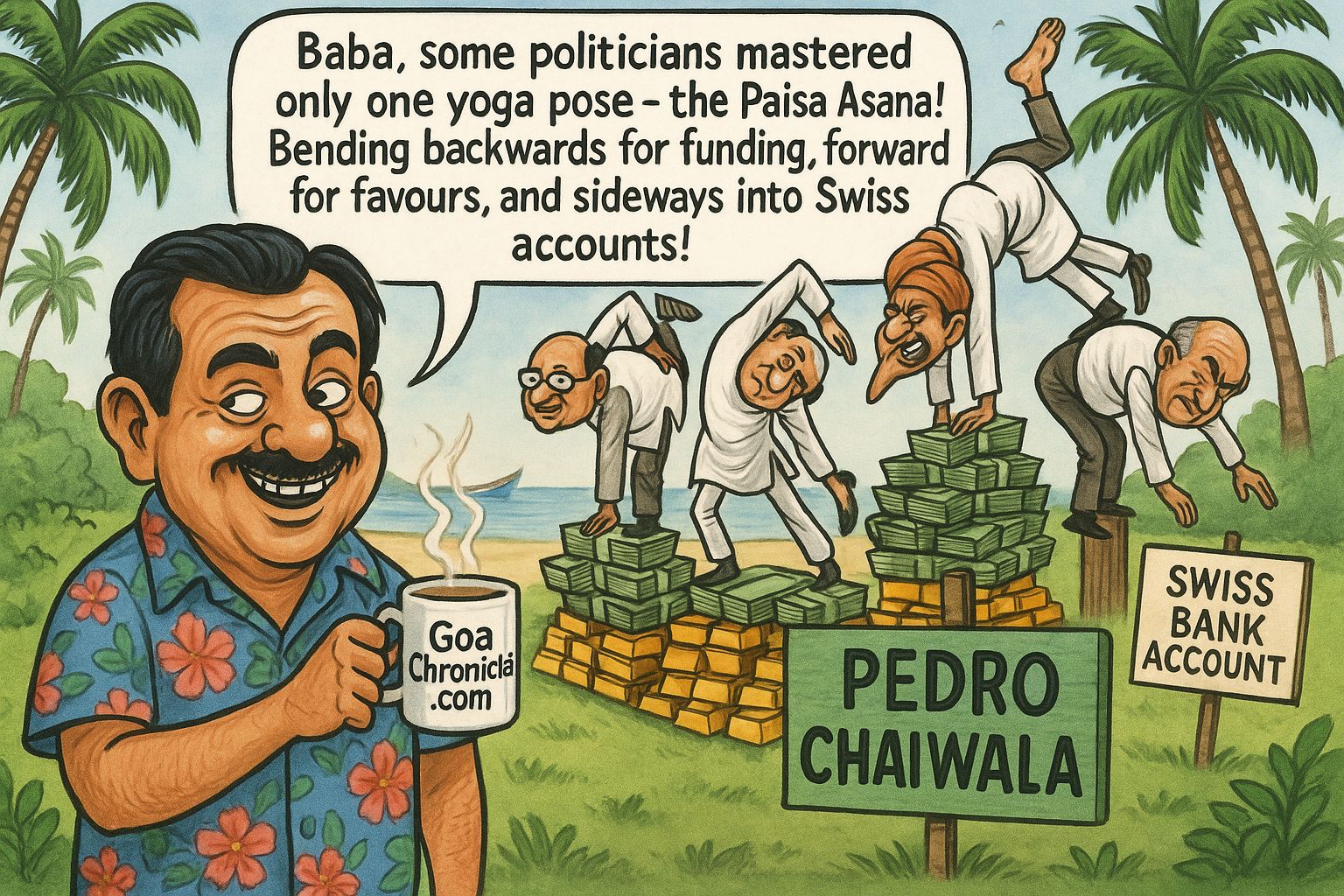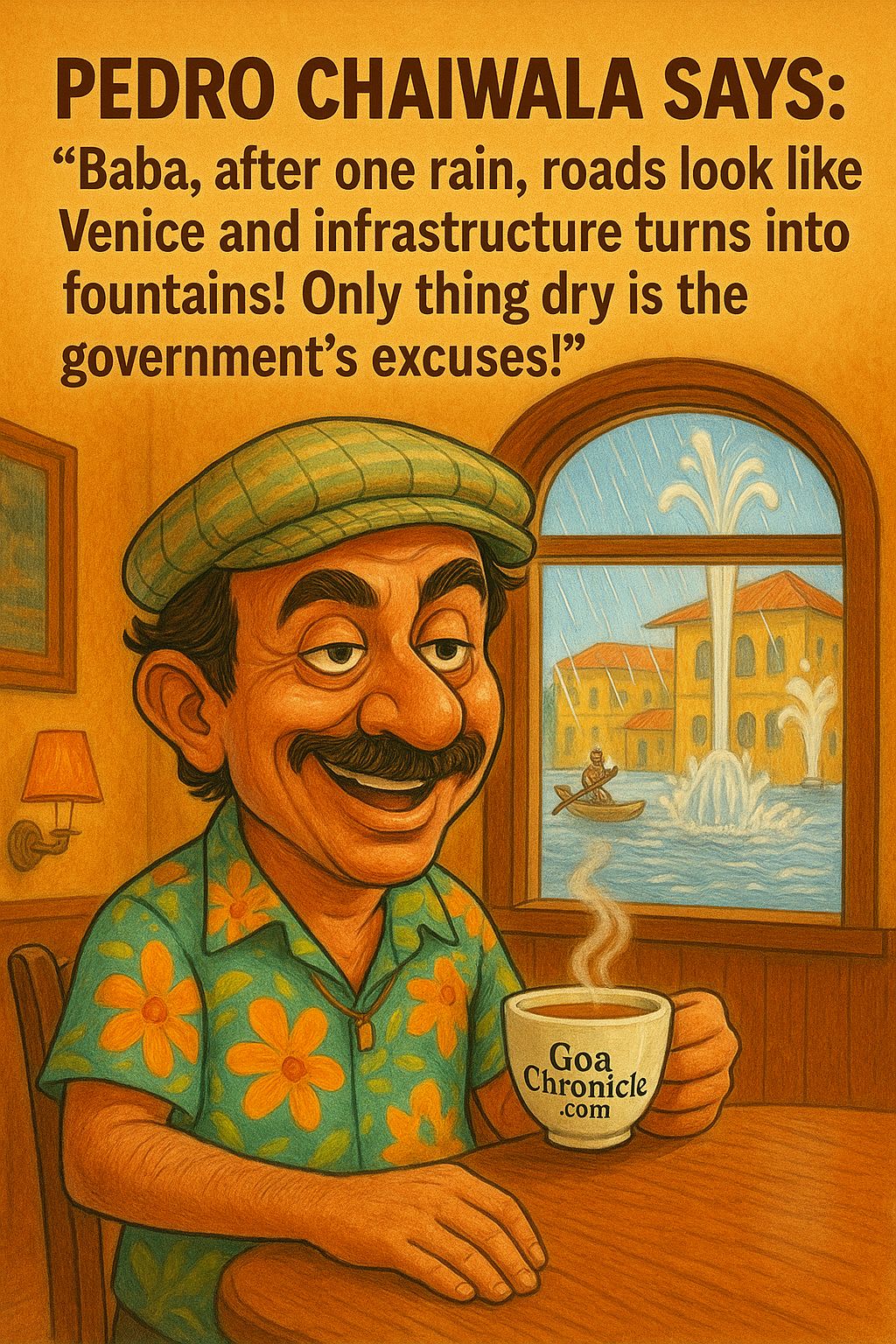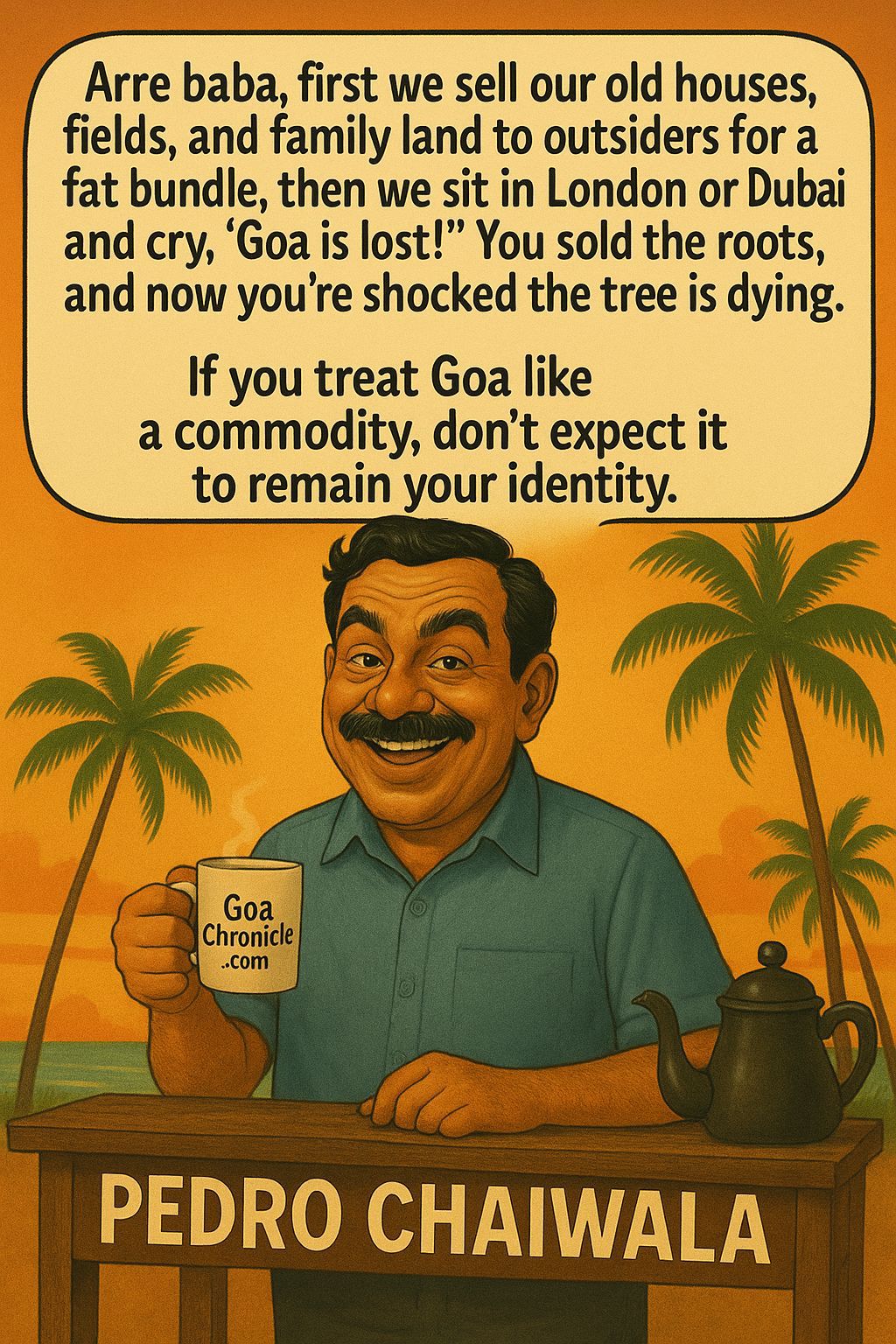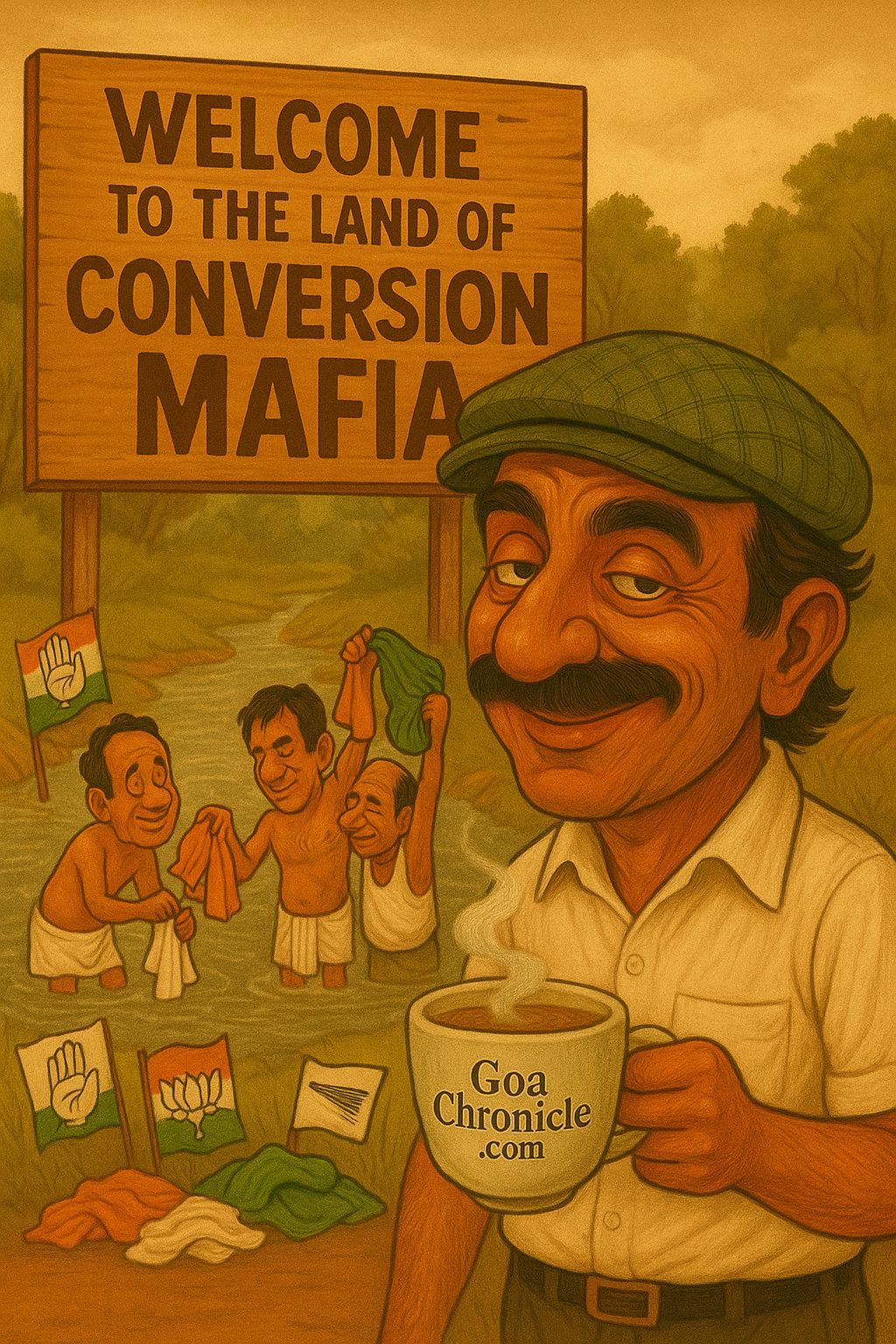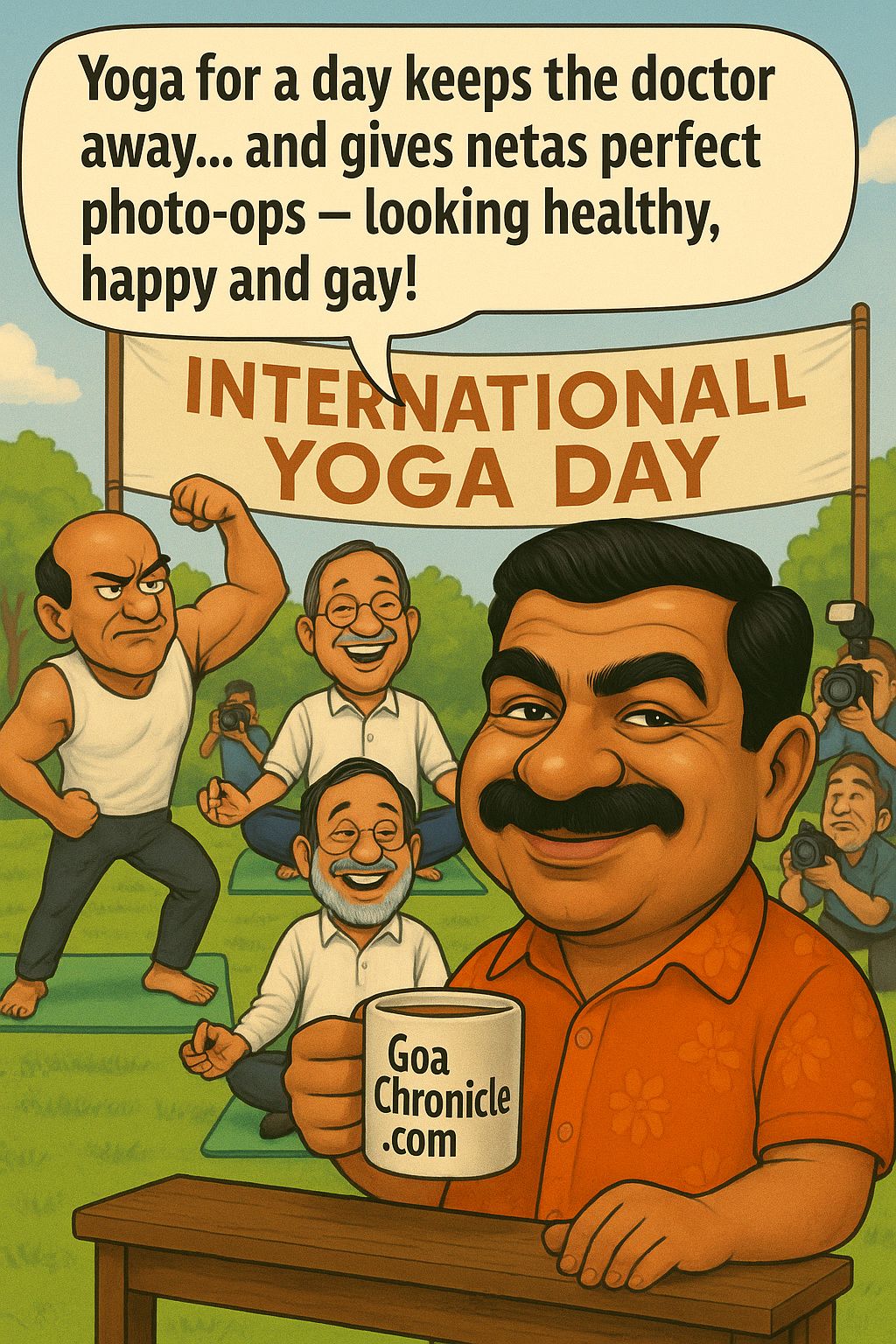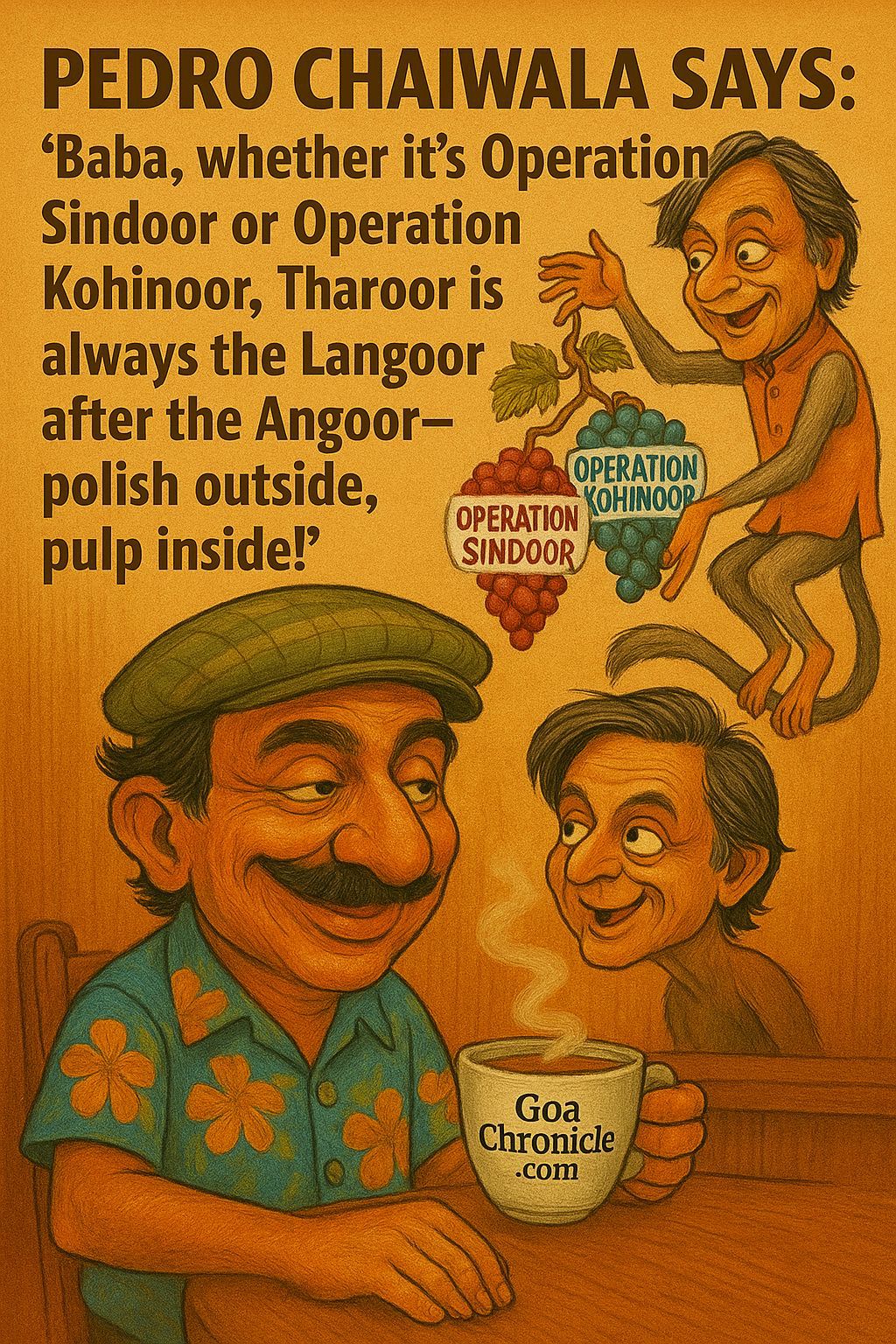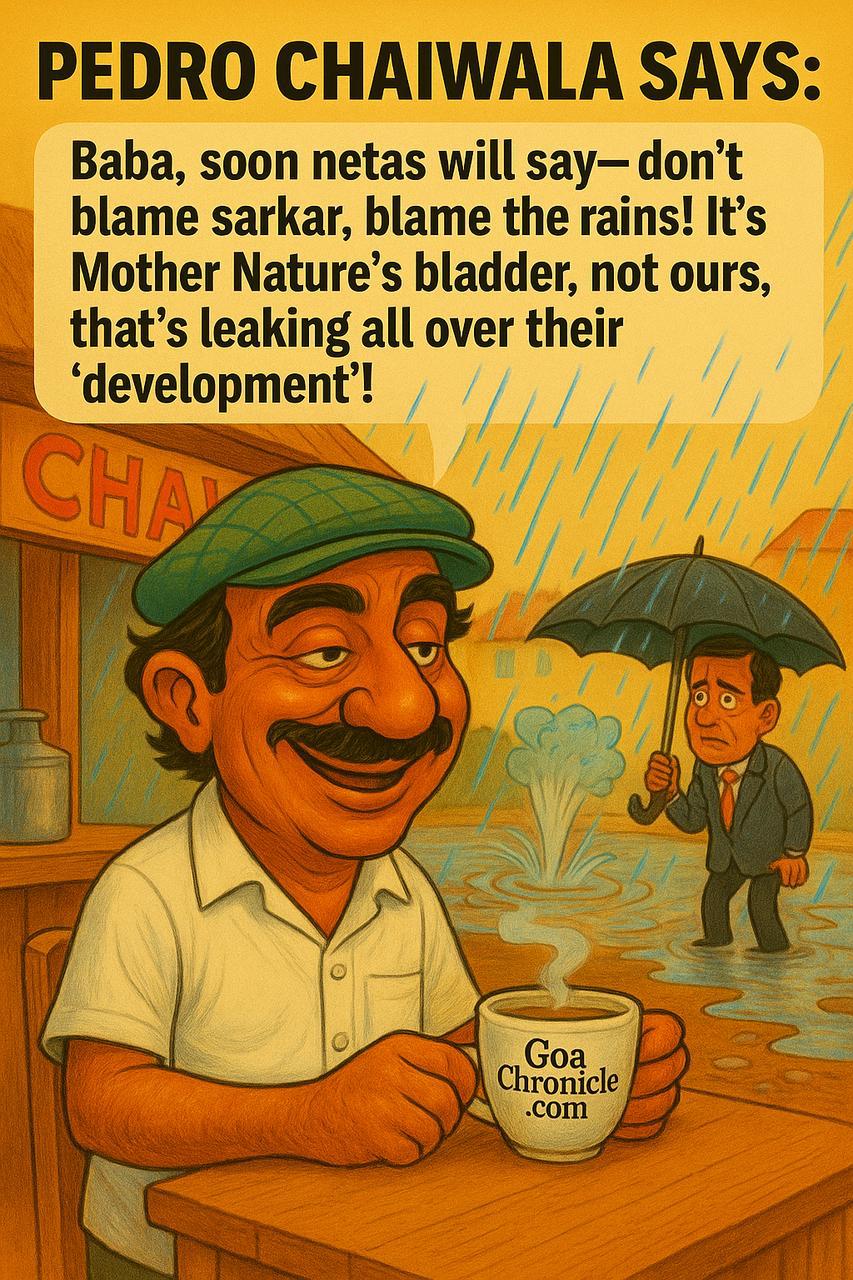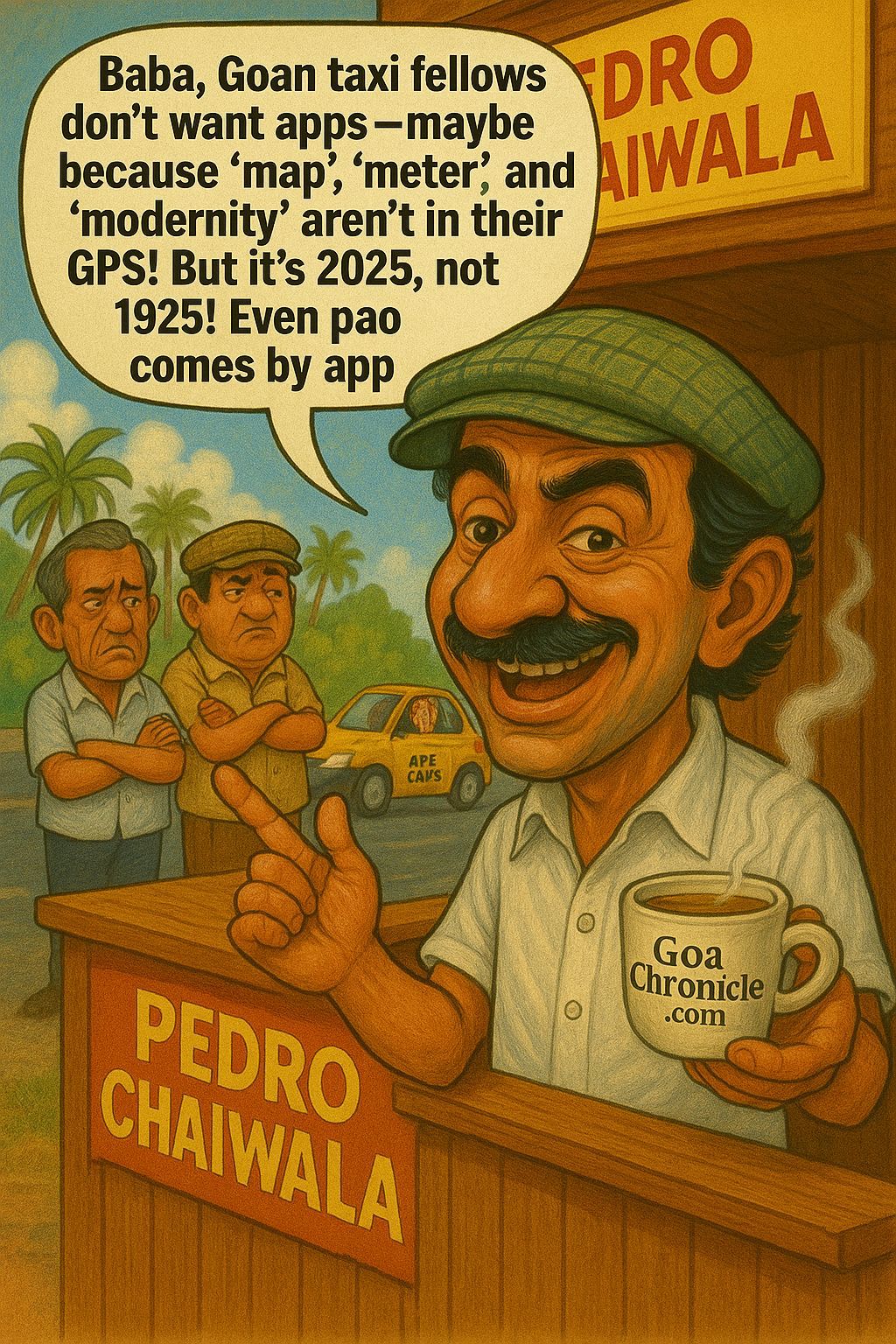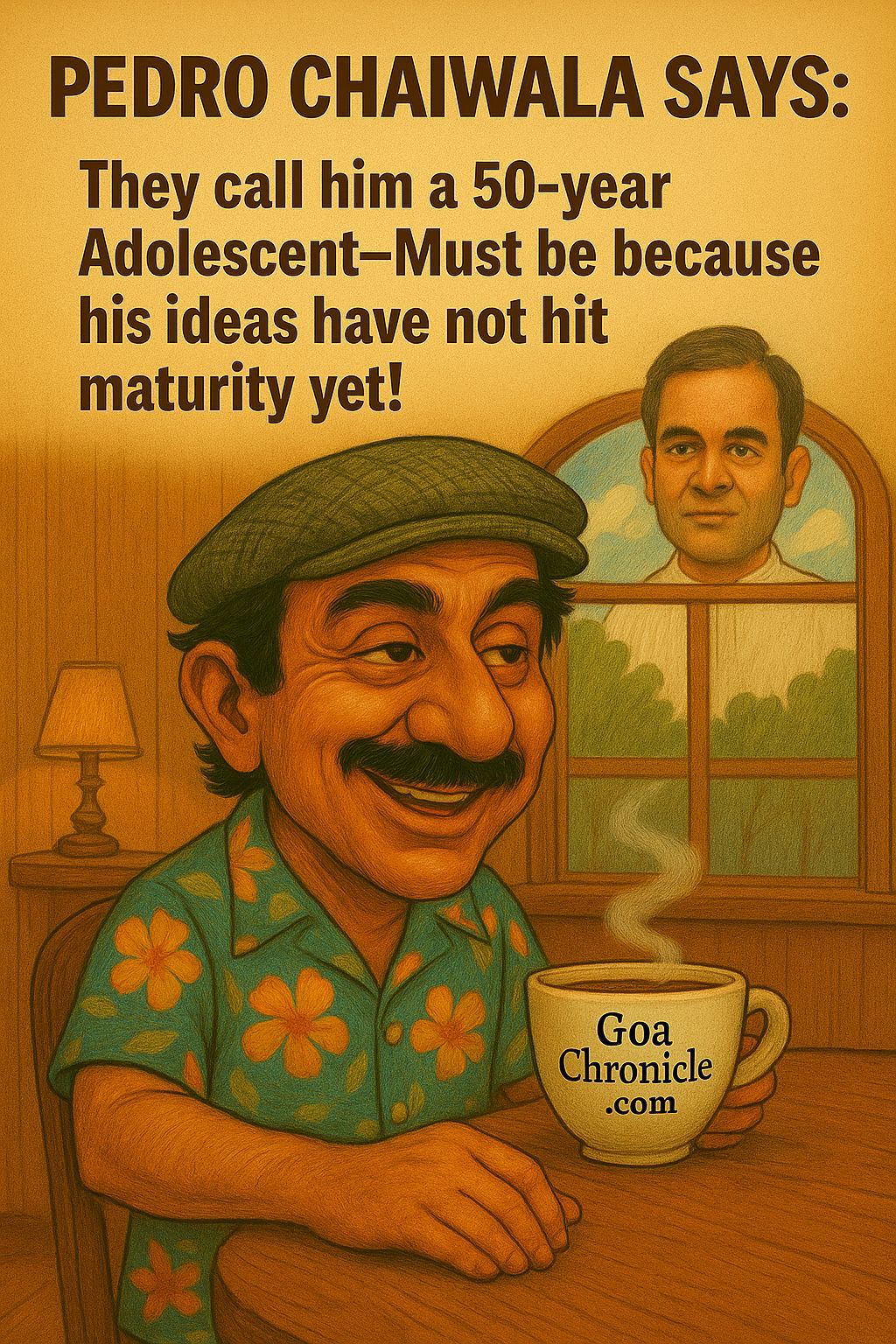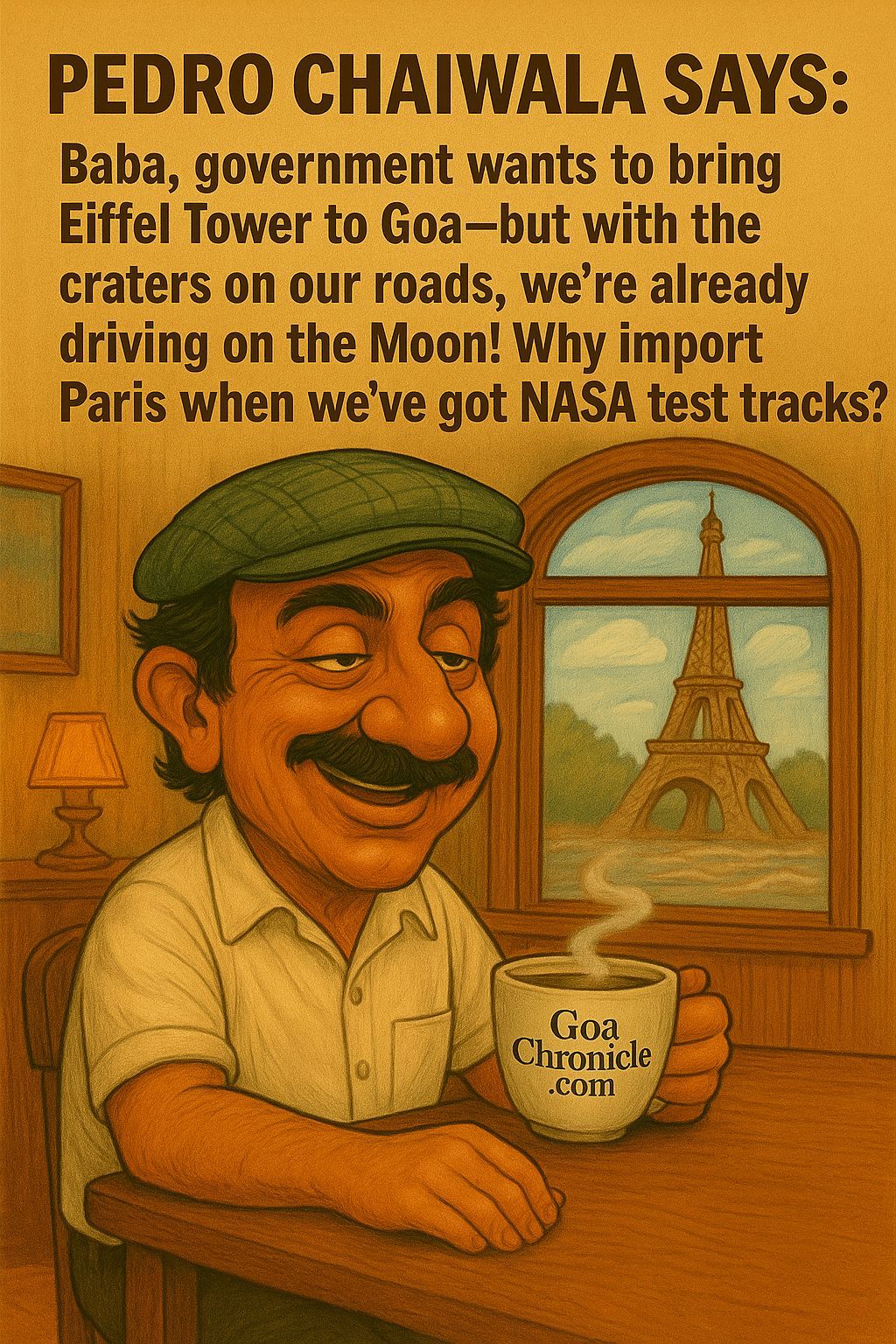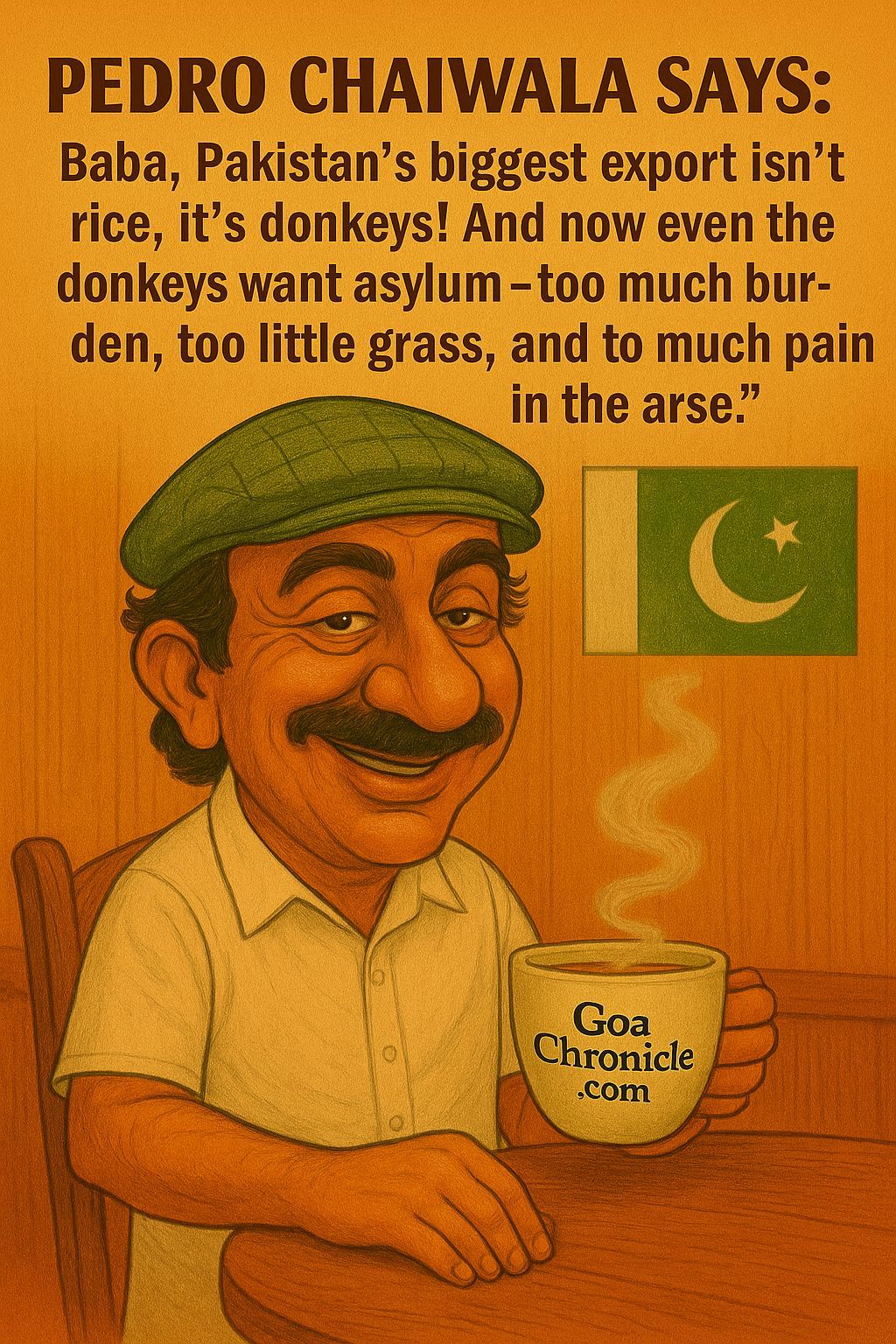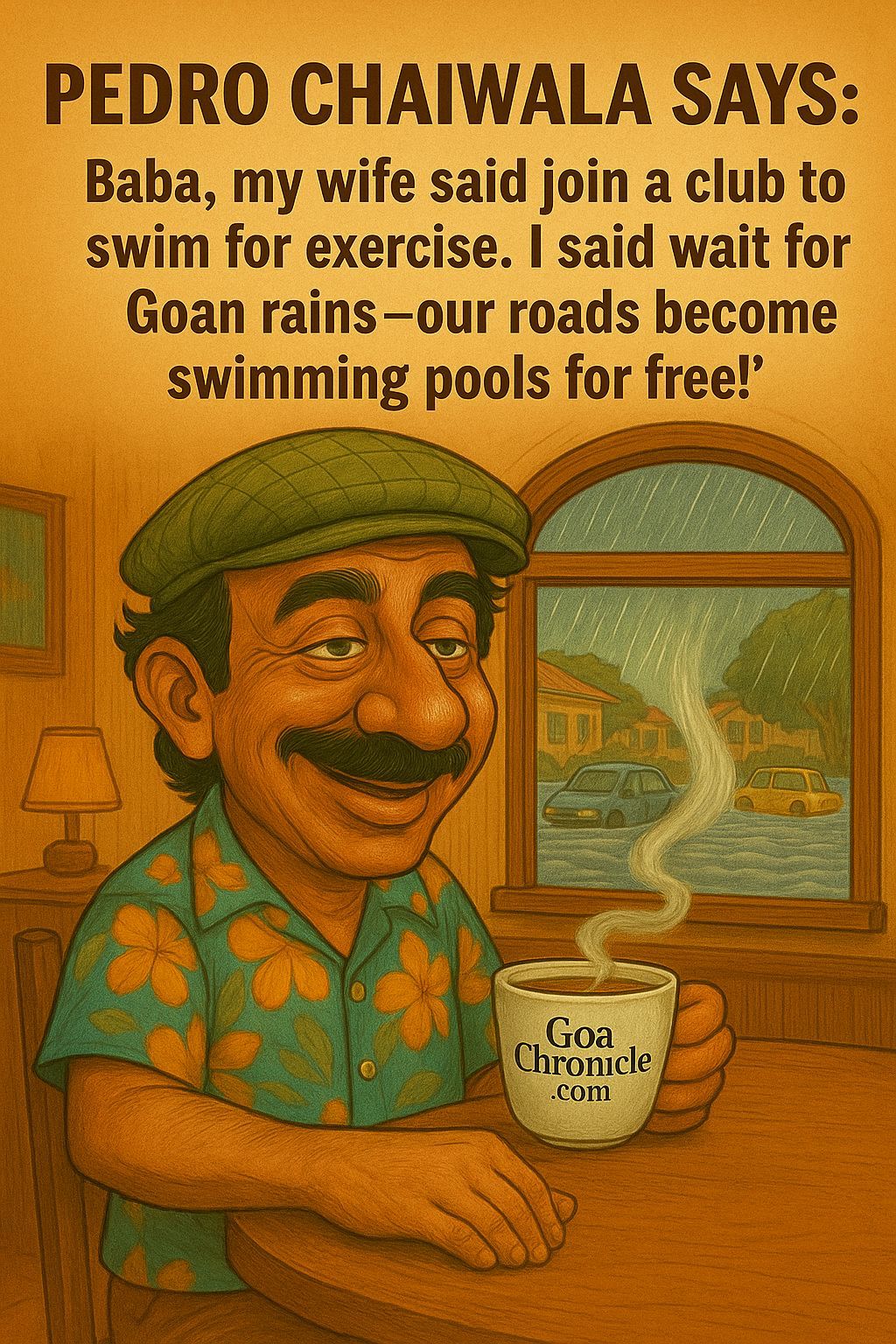Don’t fall for the negative stories about falling numbers of Goan tourists even though my good friend Tehseen Poonawala thinks so because the reality is very different from what the pessimists and their headlines want you to believe. Every few months we see the same narrative play out—articles screaming that Goa is losing its charm, that charter flights are fewer, that shack owners are struggling, and that we are no longer the jewel of India’s tourism crown. But if you take a step back and look beyond the noise, you will realise that Goa is not dying; Goa is evolving. Goa is no longer dependent only on December and January parties or peak-season arrivals. Goa today is a 365-day tourism economy, thriving across wellness, culture, spirituality, hinterland exploration, adventure, cuisine, and even business tourism. To measure Goa’s success by counting the number of beer bottles consumed on Baga beach or the number of foreign charters landing in a month is shallow and dishonest. Goa has gone far beyond that stereotype, and that is exactly why the future of Goan tourism is secure.
The biggest myth that critics perpetuate is that Goa lives only on beaches and booze. The truth is Goa has far more to offer than the clichéd shack and sunset image. Our hinterland is lush, green, and brimming with experiences waiting to be discovered. Spice plantations, river cruises, waterfall treks, wildlife sanctuaries, and village homestays present a Goa that first-time visitors barely scratch the surface of. Those who discover this hidden Goa keep returning, year after year, bringing with them not just revenue but also deeper engagement with our local economy. Wellness tourism is another sector where Goa has quietly built a reputation. From yoga retreats and ayurvedic resorts to holistic healing centres and meditation hubs, we are attracting serious, long-stay visitors from across the globe. These visitors spend more, stay longer, and connect more meaningfully with Goa than the weekend reveler who complains about beer prices on a Saturday night. Similarly, cultural tourism has gained enormous ground. Festivals like Serendipity, the International Film Festival of India, local feasts, temple and church celebrations, art shows, and even tiatr theatres are pulling in tourists who want to see and feel the real Goa. They are not chasing neon-lit nights; they are chasing authenticity.
Globally, tourism is shifting from “destinations” to “experiences,” and Goa is perfectly placed to ride that wave. Travelers today want authenticity, they want to engage with communities, they want to live like locals even if only for a few weeks. Goa offers this naturally, without pretence. Whether it is sipping urak in a village tavern, walking the Latin quarter of Panjim, attending a village feast, or joining fishermen on their morning catch, Goa gives experiences that no five-star brochure can replicate. Digital nomads are another growing segment. With better internet and co-working spaces, Goa is becoming India’s Bali—a place where young professionals live, work, and immerse themselves in local culture. These nomads are not counted in traditional “tourist arrival” figures, yet their economic impact is significant because they rent homes, patronise restaurants, hire services, and stay for months. On the domestic front too, Goa has changed from being a “once-in-a-lifetime” destination to a “repeat destination.” Families from Bengaluru, Pune, Hyderabad, and Delhi don’t come once in ten years—they come multiple times a year. They may stay in Airbnbs or small hotels rather than five-star resorts, but they ensure Goa’s economy ticks throughout the year. This is the essence of Goa 365 days.
That is why obsessing over tourist numbers is misplaced. Tourism is not about how many millions land at Dabolim or Mopa airport; it is about the quality of tourism we attract. Do we want ten million low-spending, infrastructure-straining backpackers, or do we want one million conscious travelers who engage deeply, respect our culture, and contribute sustainably? Goa’s long-term success lies not in chasing numbers but in curating the right kind of tourism. And that is happening—heritage homestays, boutique hotels, eco-resorts, hinterland adventure operators, and cultural curators are building a tourism model that values quality over quantity. This model will sustain Goa long after the party shacks fade.
So why then do we keep hearing the same story about “falling numbers”? The answer is vested interests. For some, painting a picture of doom serves their agendas, whether it is lobbying for casinos, unregulated shack expansions, or mindless construction projects. For others, it is lazy journalism that rehashes the same clichés instead of understanding ground realities. And let us not forget that bad news sells faster than good news. But as Goans, we must not allow this negative narrative to define us. Goa cannot be measured by a single season or a single market. Goa is a living culture, a heritage, a lifestyle. It cannot be reduced to statistics.
The road ahead for Goan tourism is not about panic but about vision. We must continue to invest in what makes us unique—sustainable tourism that protects our environment and heritage, diversified experiences that showcase hinterland and wellness alongside beaches, infrastructure that meets global standards, and most importantly, community participation. Tourism should empower locals, not just hoteliers and politicians. Homestays, local food experiences, village walks, and small-scale cultural tourism must form the backbone of Goa’s economy. Most importantly, we must consciously brand Goa as a 365-day destination. Be it monsoon magic, summer wellness, spring festivals, or winter fiestas, every season in Goa has something special. The tourist who comes in July to see the rains and greenery is as valuable as the tourist who comes in December for Sunburn or New Year’s Eve.
At its core, Goa’s greatest asset is its spirit. The susegad lifestyle, the warmth of our people, the blending of cultures, the unhurried pace of life—this is what keeps tourists coming back, year after year. Even in the face of global downturns, pandemics, or shifting travel trends, Goa has remained resilient. Tourists may come for the beaches once, but they return for the soul of Goa. That is why Goa remains one of the most searched destinations globally, year after year.
So when someone tells you Goa’s tourism is falling, smile and remind them: Goa doesn’t live for a season, Goa lives 365 days. Goa doesn’t need validation through shallow statistics, it thrives in the hearts of those who truly experience it. Negative stories may grab headlines, but the truth is far brighter—Goa is not falling, Goa is rising differently. Go Goa, 365 days.






